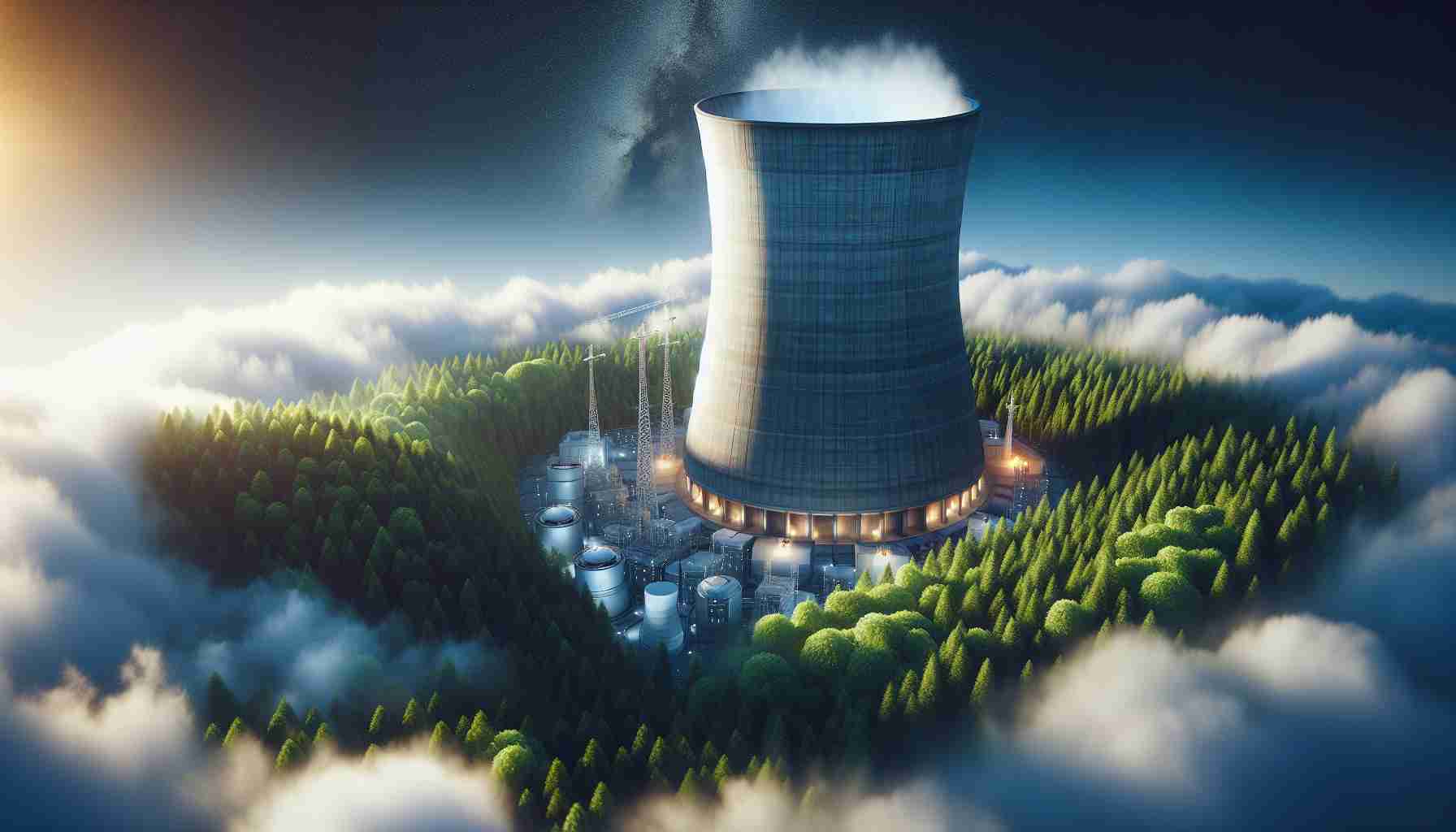The Akademik Lomonosov: an engineering wonder that stirs the globe’s imagination and concerns.
Russia has taken a daring leap into the future with the Akademik Lomonosov, the world’s sole floating nuclear power facility, which has been operational since May 2020. Situated in the remote Arctic port of Pevek, this remarkable structure serves as a vital source of electricity and heat for the northernmost regions, boasting a thermal capacity of 300 MW and generating approximately 70 MW of electrical power through two KLT-40S reactors.
The plant significantly contributes to the local power hub, supplying more than 60% of the Chaun-Bilibino load. In a landmark achievement, the Akademik Lomonosov recently celebrated the generation of 1 billion kilowatt-hours of energy, validating its role in ensuring a reliable power supply.
However, with great innovation comes great concern. The presence of the floating power station in the unforgiving Arctic raises critical safety questions, particularly regarding extreme weather and potential environmental catastrophes. The transportation of both fresh and spent nuclear fuel along the Northern Sea Route further complicates safety measures.
Despite these risks, Russian authorities, specifically Rosatom, have implemented stringent safety protocols. Plans for additional floating nuclear stations are underway, aiming to address global energy shortages while grappling with nuclear safety challenges. The Akademik Lomonosov is a testament to the balance between advancing energy solutions and addressing the environmental implications of nuclear technology.
The Global Ripple Effect of Floating Nuclear Power
The Akademik Lomonosov not only represents a technological marvel but also signals emerging shifts in energy production that could shape the global economy and our approach to sustainable energy. As nations grapple with climate change and energy insecurity, floating nuclear power plants such as this one may offer a solution that can be deployed rapidly in remote areas where traditional energy infrastructure is lacking.
The implications for society are profound. By providing reliable power to isolated Arctic communities, the Akademik Lomonosov enhances economic development and improves living standards, promoting employment opportunities and supporting local industries. Yet, this innovation also raises questions about the societal acceptance of nuclear energy in new forms. Growing environmental concerns, particularly about the Arctic ecosystem’s fragility, add another layer of complexity, as the consequences of a nuclear mishap could echo around the world, potentially damaging marine life and indigenous habitats.
The future trends in energy point toward a hybrid model where nuclear power plays a crucial role alongside renewable resources. The global race to secure energy independence and sustainability will likely lead to increased investments in floating nuclear technology. Stringent safety measures will be paramount, fostering a culture of responsibility that ensures environmental protection while harnessing the potential of advanced power solutions. In the long run, the Akademik Lomonosov may either pave the way for safe nuclear deployment worldwide or stand as a cautionary tale of unchecked technological ambition.
The Akademik Lomonosov: Pioneering Floating Nuclear Power Amid Safety Concerns
Overview of the Akademik Lomonosov
The Akademik Lomonosov stands out as the world’s first floating nuclear power plant, representing a significant milestone in energy innovation. Launched in May 2020, it is stationed in Pevek, within the Arctic region, to provide essential electricity and heating to one of the most remote areas on the planet. With a thermal capacity of 300 MW and an electrical output of 70 MW, the facility operates using two KLT-40S reactors, each designed with advanced safety features.
Energy Contributions and Milestones
This nuclear facility plays a crucial role in supporting the local energy grid, supplying over 60% of the Chaun-Bilibino load. A noteworthy achievement occurred recently when the plant generated 1 billion kilowatt-hours of electricity, underscoring its effectiveness in meeting the energy demands of the Arctic region.
Pros and Cons
Pros:
– Innovative Design: The floating design allows for energy production in remote locations lacking stable infrastructure.
– Energy Supply: Provides reliable power in harsh climates, crucial for local communities.
– Climate Impact: Utilizes nuclear energy, which emits fewer greenhouse gases compared to fossil fuels.
Cons:
– Safety Risks: Operating in extreme weather conditions poses significant risks including potential meltdowns or leaks.
– Environmental Concerns: The transportation and storage of nuclear fuel could lead to environmental disasters in delicate ecosystems.
– Public Perception: There is a considerable public fear regarding nuclear energy, especially in areas with a history of nuclear accidents.
Safety Measures and Regulations
In response to these considerable risks, Rosatom, the Russian state nuclear agency, has established comprehensive safety measures for the Akademik Lomonosov. These include:
– Regular inspections and maintenance of the reactors.
– Advanced emergency response protocols tailored for extreme Arctic conditions.
– Surrounding environmental monitoring to detect any changes that could indicate a risk.
Looking ahead, Rosatom’s plans to expand the use of floating nuclear plants internationally may raise further discussions about global nuclear safety standards and regulatory compliance.
Innovations and Future Prospects
The Akademik Lomonosov symbolizes a shift towards innovative energy production methods, particularly as countries seek alternative sources to meet rising energy demands. Its successful operation may pave the way for similar projects, addressing global energy shortages while integrating stringent safety protocols.
Security Aspects and Sustainability
Nuclear energy, while efficient, raises substantial security concerns. The sensitiveness of the material involved necessitates robust security frameworks to prevent potential threats or accidents. Moreover, the sustainable operation of floating nuclear plants requires continuous assessment of the ecological impacts on the surrounding environment, particularly in fragile Arctic ecosystems.
Market Analysis and Predictions
As the world grapples with climate change and energy security, the floating nuclear power plant model could see significant interest in the coming years. Experts predict an increase in investment in floating nuclear technologies, with multiple nations potentially exploring similar innovations. Such developments could be crucial in achieving energy independence and sustainability goals.
Conclusion
The Akademik Lomonosov represents both the promise of advanced energy production and the challenges associated with nuclear technology. While it offers a groundbreaking solution to energy shortages in remote regions, the discourse surrounding its safety and environmental impact remains vital as the world progresses toward more sustainable energy practices.
For more information on global energy innovations, visit World Nuclear News.
The source of the article is from the blog revistatenerife.com



